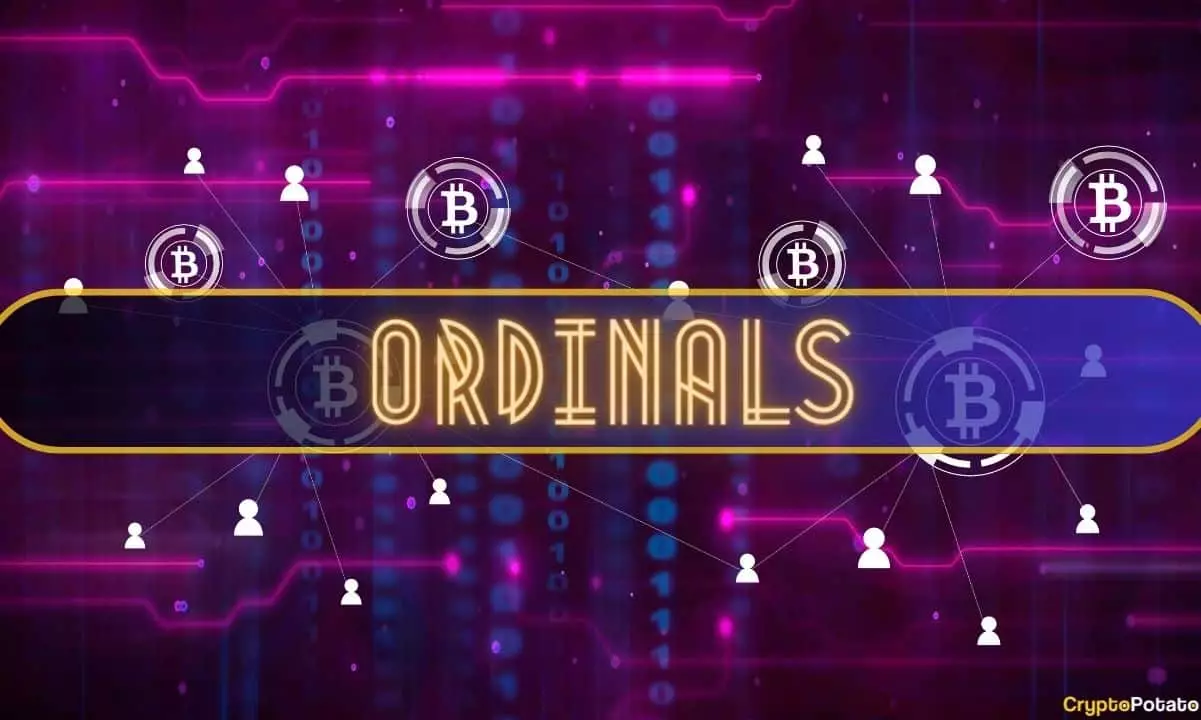Bitcoin, the world’s most well-known cryptocurrency, recently faced a critical vulnerability that has the potential to significantly impact the Ordinals Protocol. This vulnerability was identified by the National Vulnerability Database (NVD), overseen by the National Institute of Standards and Technology (NIST) in the United States. In this article, we will delve into the details of this vulnerability and explore its implications for the Ordinals Protocol.
The NVD report states that the vulnerability arises from a flaw in specific versions of Bitcoin Core and Bitcoin Knots, which allows for the bypassing of the data carrier limit. This flaw enables data to be disguised as code, leading to the exploitation of inscriptions in 2022 and 2023. Inscriptions, a feature introduced by the Ordinals Protocol, allow for the incorporation of additional data onto a satoshi, the smallest unit of Bitcoin. This additional data can include digital images, text, and other media forms.
The Ordinals Protocol revolutionized the digital art scene by facilitating the integration of unique artworks into Bitcoin transactions. Similar to Ethereum’s nonfungible tokens (NFTs), this feature gained significant popularity, resulting in a surge in data embedding. However, the critical vulnerability identified in Bitcoin’s network has raised concerns about the impact on the Ordinals Protocol.
The primary implication of this vulnerability is the potential influx of non-transactional data, which could clog the blockchain. This increased network size would adversely affect its performance and lead to higher fees. Bitcoin Core developer Luke Dashjr has highlighted the issue of inscriptions exploiting the vulnerability to spam the network with irrelevant data. This has drawn comparisons to receiving daily junk mail, forcing users to sort through it all to find important messages, ultimately affecting the overall process.
The Bitcoin community is divided on the role of Ordinals in the network. Peter McCormack, a prominent Bitcoin podcaster, argues that Ordinals do not have a positive contribution to Bitcoin users and instead worsen the already high fees. Throughout 2023, the increasing volume of Ordinals transactions has repeatedly congested the Bitcoin network, leading to higher fees and longer processing times. Dashjr has voiced concerns that fixing this vulnerability may result in the discontinuation of both Ordinals and BRC-20 tokens. However, he also acknowledges that existing inscriptions will remain unchanged due to the immutable nature of the Bitcoin network.
The critical vulnerability in Bitcoin’s inscriptions necessitates detailed analysis to understand its full implications. It also serves as a reminder of the ongoing need for robust cybersecurity measures in the world of cryptocurrencies. Bitcoin developers and the community will have to address this vulnerability to ensure the continued security and efficiency of the Bitcoin network. The future of the Ordinals Protocol and its integration of unique artworks into Bitcoin transactions hangs in the balance as the necessary steps are taken to mitigate the risks associated with this vulnerability.
The critical vulnerability in Bitcoin’s inscriptions poses significant challenges to the Ordinals Protocol and the overall performance of the Bitcoin network. The potential influx of non-transactional data, increased fees, and prolonged processing times are all concerns that need to be addressed. The Bitcoin community must work towards finding a solution that ensures the security and efficiency of the network while also considering the impact on innovative features like the Ordinals Protocol.

